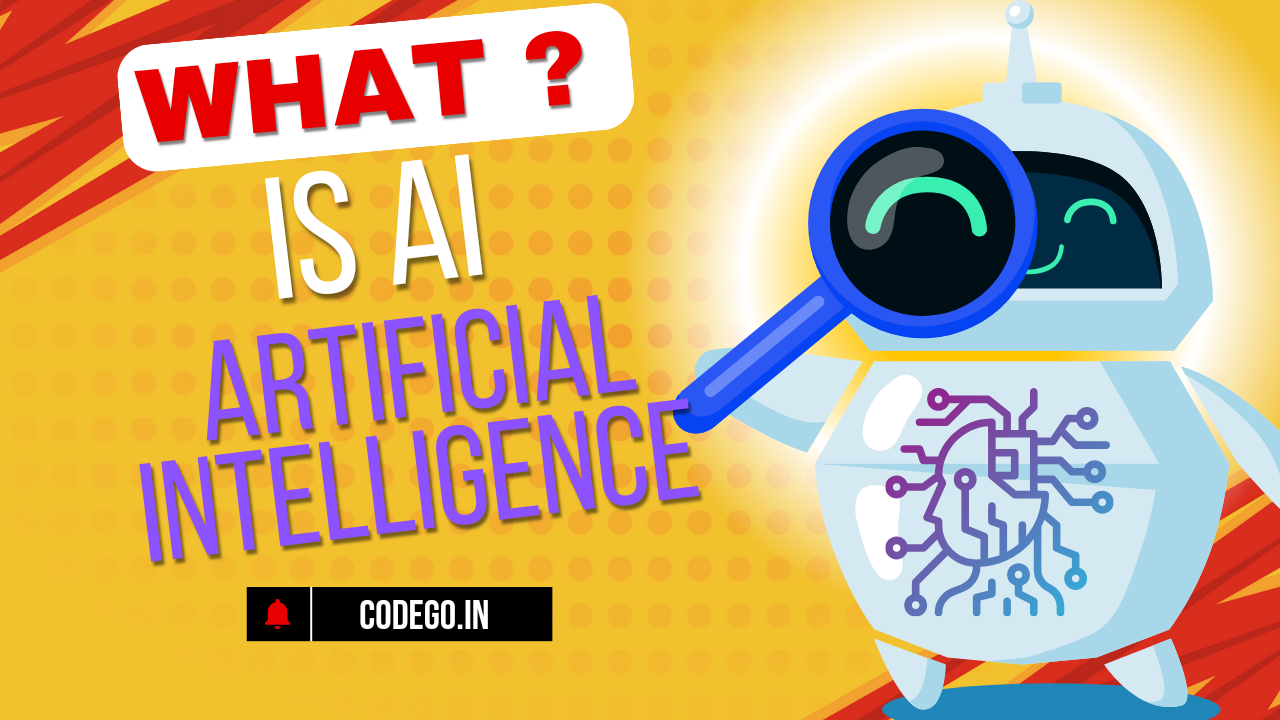What is AI Technology? A Comprehensive Guide to Artificial Intelligenc
Introduction:
Artificial Intelligence (AI) technology has rapidly become one of the most transformative forces in the world. From self-driving cars to intelligent personal assistants like Siri and Alexa, AI is changing the way we live, work, and interact. But what exactly is AI technology, and why is it so significant?
In this article, we will cover what AI is, how it works, its types, applications, and how it’s set to shape the future.
1. What is AI Technology?
AI, or Artificial Intelligence, refers to machines or software that simulate human intelligence to perform tasks. It encompasses everything from basic algorithms to advanced neural networks, enabling machines to “learn” from data, adapt to new inputs, and perform human-like tasks.
AI technology is often powered by machine learning (ML) and deep learning, both of which rely on large datasets and complex algorithms to function.
2. A Brief History of AI
The journey of AI began in the mid-20th century:
1950s: Alan Turing, a pioneering computer scientist, introduced the concept of machines that can “think,” leading to the development of the famous Turing Test to measure AI’s ability to mimic human intelligence.
1970s: Research in AI saw slow progress due to the lack of computational power and data.
2000s and Beyond: AI experienced significant growth with advancements in computational power, big data, and new algorithms, leading to modern applications such as voice recognition, recommendation engines, and autonomous vehicles.
3. Types of AI Technology
AI is typically categorized into three types based on its capabilities and functionalities:
Narrow AI (Weak AI): Designed to perform a specific task, like facial recognition or voice assistants. It doesn’t have consciousness or self-awareness. Examples include Siri, Google Assistant, and Netflix’s recommendation system.
General AI (Strong AI): This type of AI would have the ability to understand, learn, and apply intelligence across a broad range of tasks, similar to human intelligence. Though still theoretical, general AI would be as capable as a human.
Super AI: This is a hypothetical AI that surpasses human intelligence, capable of performing any task better than a human. It remains a concept in science fiction.
4. How Does AI Work?
AI systems work by processing large amounts of data, identifying patterns, and making decisions based on those patterns. Here are some key methods used in AI:
Machine Learning (ML): ML allows systems to learn from data and improve their performance over time without being explicitly programmed. Examples include spam filters in email and fraud detection in finance.
Neural Networks: These are inspired by the human brain, with layers of nodes or “neurons” that work together to recognize patterns. They’re commonly used in image and speech recognition.
Deep Learning: An advanced form of ML with more complex neural networks. Deep learning is used for more complex tasks such as language translation and image classification.
5. Applications of AI Technology
AI is integrated into various industries, transforming how businesses operate and individuals interact with technology. Here are some notable applications:
Healthcare: AI assists in disease detection, drug discovery, and personalized treatment plans.
Finance: AI technology is used for fraud detection, algorithmic trading, and customer support chatbots
Retail: Retailers leverage AI for inventory management, personalized recommendations, and enhanced customer experiences.
Transportation: Self-driving cars, drones, and intelligent traffic management systems are revolutionizing transportation with AI.
Entertainment: AI curates personalized content on streaming platforms like Netflix, Spotify, and YouTube, offering users tailored experiences.
6. Advantages of AI Technology
AI brings numerous advantages that make it invaluable across industries:
Efficiency: AI speeds up complex tasks, allowing businesses to operate more efficiently.
Accuracy: In fields like healthcare, AI can provide precise diagnoses and treatment recommendations.
24/7 Availability: Unlike humans, AI can operate continuously without fatigue, improving customer service and operations.
7. Challenges and Ethical Considerations
While AI technology offers many benefits, it also presents challenges:
Job Displacement: Automation may replace certain jobs, raising concerns about employment.
Bias in AI: AI systems can inherit biases from the data used to train them, leading to unfair outcomes.
Privacy Issues: AI relies on large datasets, which can include personal information, posing risks to data privacy.
8. The Future of AI
AI is expected to become more integrated into everyday life. Emerging areas like AI in space exploration, environmental conservation, and education show that AI will likely continue to evolve and contribute solving complex global issues.
AI technology has already made a remarkable impact on society, and its potential is limitless. As we continue to explore the capabilities and boundaries of AI, it’s crucial to understand its implications and prepare for an AI-driven future.
